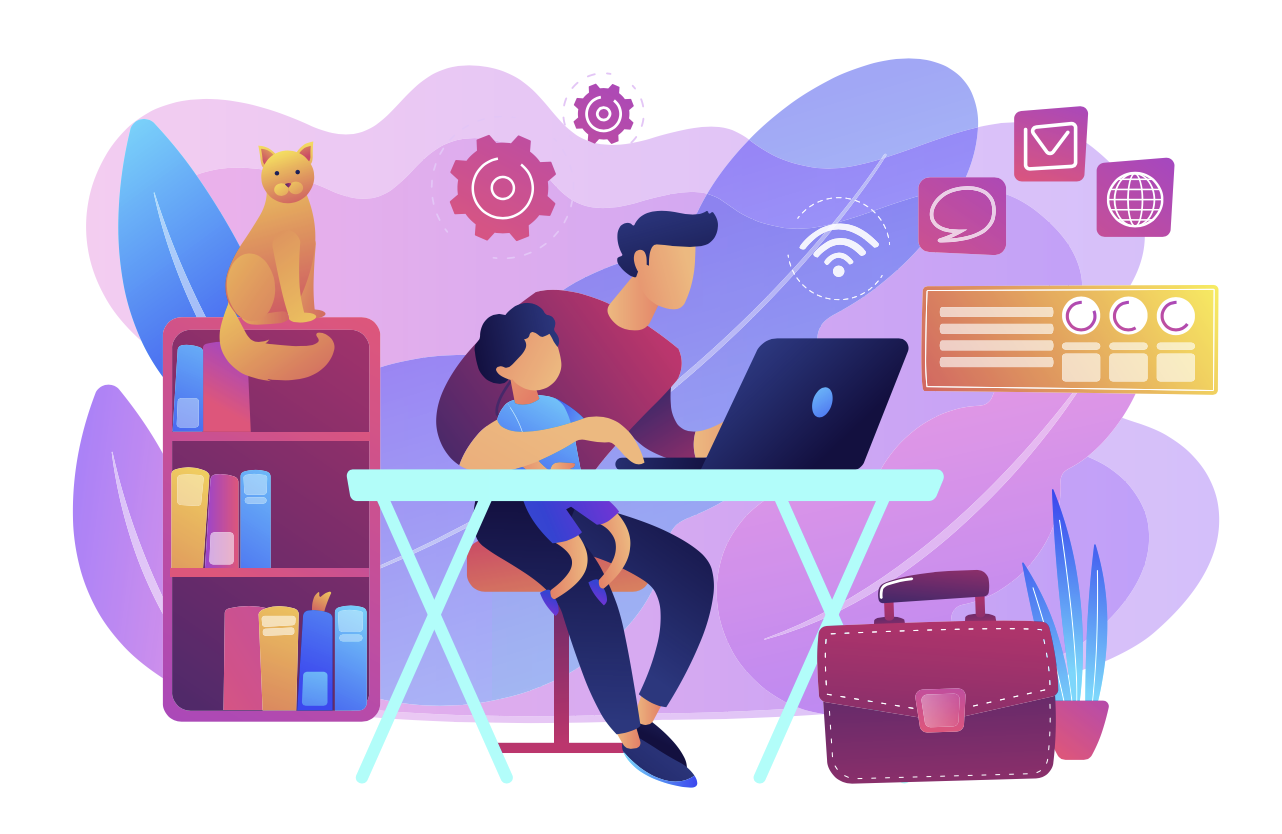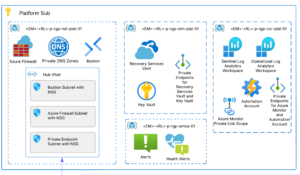Even before COVID-19, work from home/anywhere was a growing trend across many industries. Being mutually beneficial – employers could recruit and retain top talent due to the convenience of remote work, flexibility around time, domestic responsibilities, and geographic flexibility – which is all very appealing to employees, not to mention the lack of a commute. For companies, it not only lowers organizational costs but also boosts employee productivity, according to the recent research at Harvard Business School. Now, the coronavirus pandemic has given a big push to work from home and it has caused almost all firms to deploy the work from home practices for employees, and quickly. Companies with a distributed workforce are already in a better position to keep operations running. For employees who have become accustomed to working from home, there is nothing new. However, those who are doing it for the first time may feel disconnected, distracted, and uncertain about the future of their job. There are many potential challenges employees may face while working from home requiring ground rules to stay motivated, organized, and productive.
Your Work Items
When you work from home there is no clear delineation between work and home. When work and home are in the same place, it’s hard to make the shift from professional to personal. You may start work from sun up to sundown or get distracted because you feel you have too much time. You may find yourselves working more hours and logging in work time in the evening and weekends. As Parkinson’s law states, work expands to fill the time available for its completion. This results in anxiousness and you may become frustrated with yourself.
Set up a routine, it is not necessary to follow nine-to-five, you may be in control and have flexible working hours, which may be good in many cases e.g., some people are not made for the morning even if some are physically there at 9 AM they don’t start being productive until later in the day. Studies have shown by allowing for this, productivity is greatly increased. It’s a company investment. No matter what your working hours are, set reasonable limits to work hours and determine how to meet work requirements and still preserve personal time.
Create a daily ritual e.g., begin your morning with exercise, read a newspaper, or actually enjoy your tea or coffee. Prepare for the day! You may also like to get dressed before starting work. Many find it very useful as it helps to switch from personal to professional. Similarly, after long work hours when you switch back to personal life you may take a shower, as a signal that your workday is over.
Your Work Area
Unfortunately, home life comes with distractions. It’s easy to become distracted by the TV, what’s happening on social media or visitors popping over! If you have children or pets at home setting up limits can be especially tough. In addition, there are always other household errands that need doing, but you are best to put these interruptions off until after your structured working hours as if you were not at home.
Ideally, you will work in a room by yourself behind a closed door, but not everyone has a designated home office. However, it’s critical to have a separate space that you use just for work and not for other activities. Working from home can greatly affect your mind, but creating a workspace of some kind allows you to simulate your brain to recognize it. When you walk into that space, you subconsciously know I am turning on work. When you end for the day, you can say, “I have finished working and now into my evening.” Desk clutter and digital clutter can also be distracting. Having a clean space will result in a clean mind. Ensure family members understand that although you are at home, you are working. You must set working boundaries, if possible. If you have frequent phone or video meetings, you may need a closed-door policy. If you do allow children in your office, make some simple (but fun) rules to follow like knock before entering or never enter when you are on the phone or to remember to use quiet voices.
Your Goals
One of the hardest aspects of working from home is concentrating on the task at hand. Although you set up a workspace and time schedule, you need to set goals for what you will accomplish during that time. You should plan your work before you start the day. Create a task list and keep it in front of you, cut those completed tasks, it will give you a sense of accomplishment. Prioritize your tasks and schedule time slots including extra time in between to cater for contingencies like unforeseen work calls and new tasks, etc. When you begin a task, try to continue it until the end. Do not switch between tasks or get pulled away by your need to respond to a new email. Multi-tasking is a productivity killer, but we all have to multi-task sometimes, the trick is to do it effectively in a limited way.
Your Communication Tools
Today we can work effectively from home, if not more because of the communication tools. There are tons of tools to create more productivity around your communication with your team like email, group chat/call tools like Microsoft Teams, Google Hangouts, etc. Good communication is an essential part of any successful home working arrangement. Besides textual exchanges, we should use multiple forms of communication to avoid any misunderstanding. We need to understand that phone calls, emails, and meetings are still part of our workday just as they are in the company offices. Without open communication, collaboration becomes difficult.
Your Time with your Loved Ones
Many of us love to work in solitude but after some time we may start to feel lonely. If you don’t have anything to look forward to, it may be difficult to keep yourself motivated. So, it is important that you schedule (virtual) time with family and friends. Reward yourself with a book, time with your family, or loved ones.
With freedom comes added responsibilities, it is not easier to work from home, just different location. Happy WFH!







